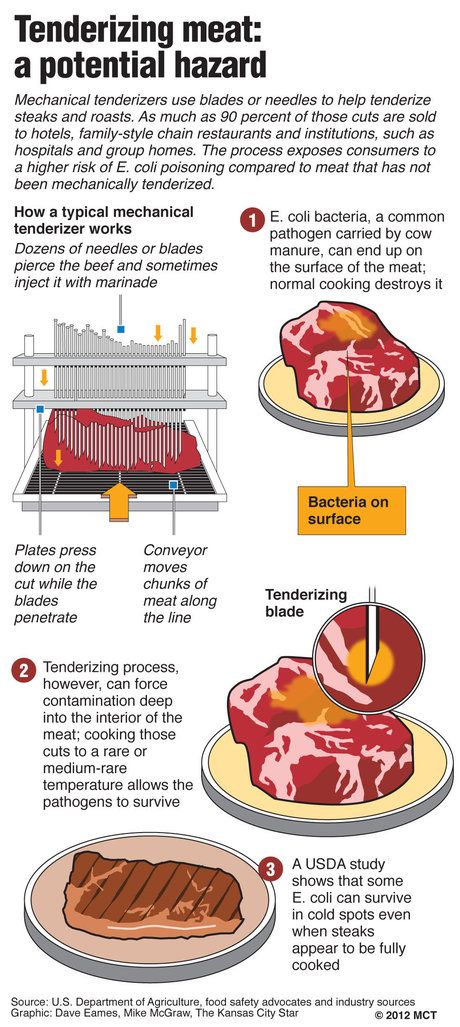Up with Chris Hayes host Chris Hayes tells some of what we should know for the coming year, including what is on the legislative agendas of lawmakers around the country
Sharing what they know are Richard Wolff, Visiting Professor in the Graduate Program in International Affairs of the New School University; Susan Crawford, Professor at the Center on Intellectual Property and Information Law Program at Carodozo School of Law; Karl Smith, Assistant Professor of Economics and Government at The University of North Carolina at Chapel Hill and Chrystia Freeland, Editor of Thomson Reuters Digital and author of “Plutocrats: The Rise of the New Global Super-Rich and the Fall of Everyone Else.”
North Carolina Senate Set to Repeal Racial Justice Act
The North Carolina state senate voted to gut a law on Monday that allows death row inmates to argue that racial bias influenced their sentencing. Enacted in 2009, the Racial Justice Act requires judges in North Carolina to commute death row inmates’ sentences to life in prison if they find race played a “significant” role in the initial sentence.
State Republicans have long set their sights on undoing the law, the Wall Street Journal reports. The GOP-controlled North Carolina state house weakened the original law in June, changing its language to require that courts prove that prosecutors acted “with discriminatory purpose” when selecting juries and seeking the death penalty. But proving intent, as one attorney told the Raleigh News & Observer, is exceedingly difficult. And Colorlines‘ Jamillah King reports that the new language “represented a meaningful undermining of the point: The law had moved courts to a focus on racially disparate outcomes, rather than a racist intent.”
In 2012, Executions Hold Steady, But Death Penalty Imposed Less
Convicted killer Michael Hooper’s heart stopped beating in an Oklahoma death chamber from lethal injection on Aug. 14. The country’s next executions happened more than five weeks later on Sept. 20 when Ohio killed Donald Palmer, who’d murdered two strangers, and when Robert Harris was executed in Texas for killing five people.
The long gap between executions made 2012 one of the quietest years on death row, since executions peaked in 1999, according to a study by the Death Penalty Information Center.
In all, 43 death row inmates have been executed in 2012, the same number as in 2011. That’s down by 58 percent from 1999 when 98 condemned prisoners were executed.
“The public still wants it on the books, but they see life without parole as a real alternative,” said Richard Dieter, the Death Penalty Information Center’s executive director.
The public considers capital punishment too expensive and doesn’t think of it as a deterrent to crime, he said. “Capital punishment is being clustered and isolated in a few states.”
Minimum Wage Increase Hits 10 States, Boosting Pay For An Estimated One Million Workers
WASHINGTON — New Years Day will bring a small pay bump to some of the lowest-paid American workers, with 10 states set to hike their minimum wages for 2013.
Nearly a million low-wage workers will see their earnings rise because of the increases, most of which come courtesy of state cost-of-living adjustments that account for inflation. Washington State will once again have the highest minimum wage in the nation, at $9.19 per hour, after a raise of 15 cents for the new year. The other states raising their wage floors are Arizona, Colorado, Florida, Missouri, Montana, Ohio, Oregon, Rhode Island and Vermont.

 Democratic Hawaii Senator
Democratic Hawaii Senator 